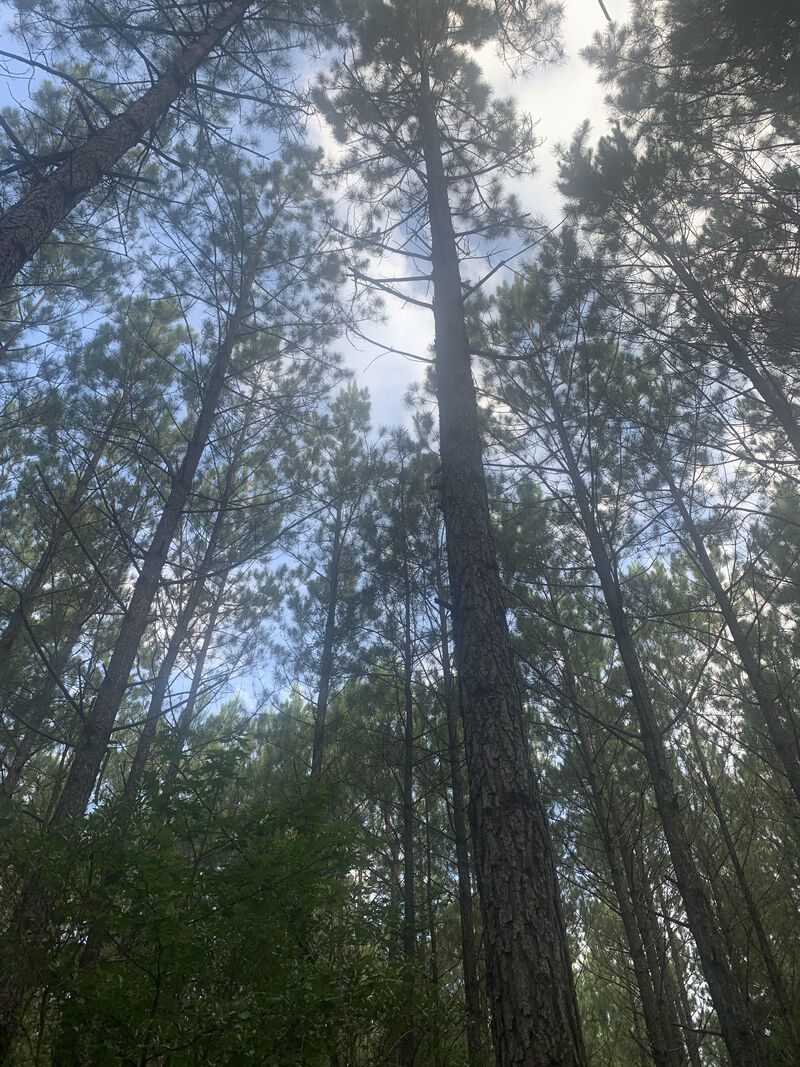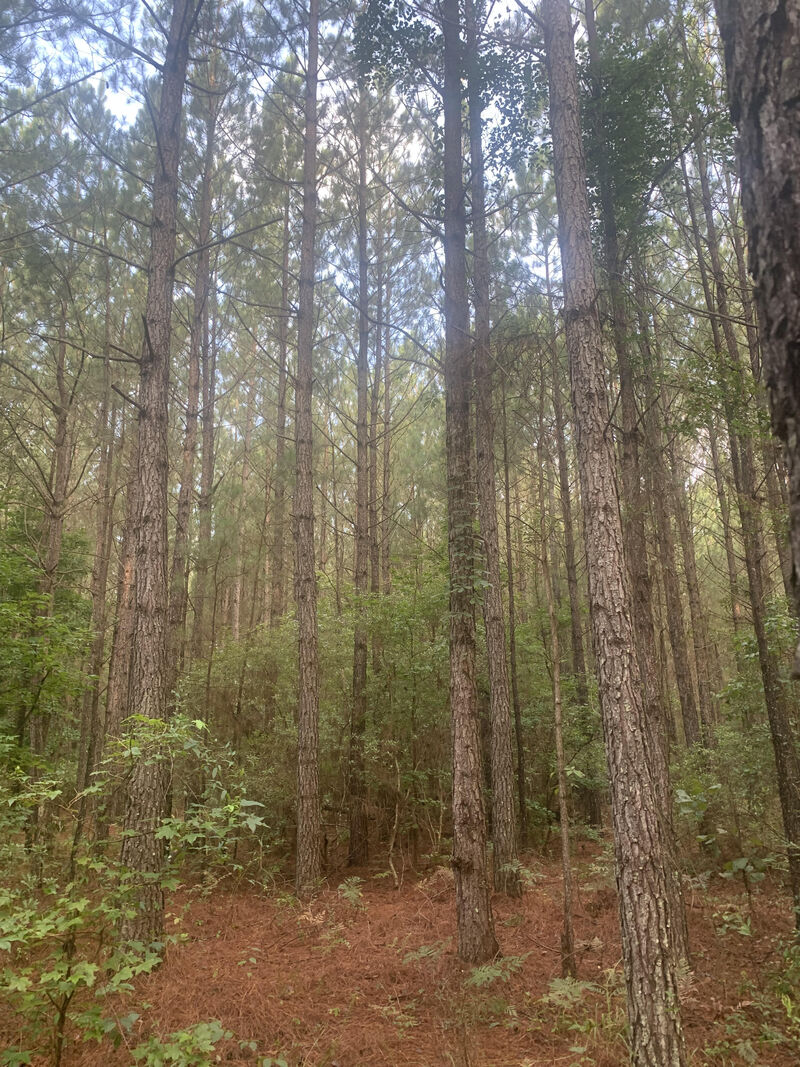
When the first rays of sunlight hit the pine trees foliage the pre-dawn staged water potential is released, flowing through the xylem and out through the needle stomata. The precious and competitively acquired water is released into the atmosphere and traded for desired carbon dioxide. The carbon is then utilized for the production of sugars for managed pine plantation functioning (maintenance; pest protection; growth into fine and large roots, bole and branches, and needles).
The forest operations manager meters this process daily:
1, Affecting both stored and available soil water
2. Determining needle leaf area for carbon capture through nutrition management
3. Determining acquired carbon leverage by pine species choice and genotype allocation
4. Determining the share or division of water, light and atmospheric carbon per tree by determining the initial and amended crop tree densities
5. Impacting how much of the produced sugars go to above ground merchantable growth versus maintenance, pest protection and root turnover.
The trees inherently respond to manager decisions, dealing with whatever below ground soil rooting conditions and nutrition availability conditions exist and whatever above ground competitive relationships, density allocations, and pest conditions the forest manager has provided.
The competitive situation plays out daily. Daily growth is compounded to an annual growth total. The rotation continues and annual growth averages to produce a rotation mean annual increment. What will that average growth or carbon sequestration be? How will it compare to operational potential or industry or investment standards?
The attached pictures show an operational loblolly pine stand 13.5 years after an initial planting of 454 seedlings per acre on a Rains sandy loam soil in Lee County, SC. At establishment, competing weeds were controlled without toxicity, sprouting hardwoods were controlled through effective chemical site preparation without toxicity, excessive soil water was removed by existing ditching, and I assigned one of the most efficient control mass pollinated genotypes available. The resulting mean annual growth increment across the 13 years averages 10 green tons per acre per year and the exhibited base age 25 year site index hovers around 100’. The sweet part is that this growth is funneled into trees with diameters of 8-12” and heights of 65-73’ and with incredible branch size control, allowing for use in sawtimber, plylogs or utility poles with long carbon storage life.

To learn more about forest management decisions affecting carbon sequestration and investor returns, check out the Forest Owners Research and Technology Exchange.
